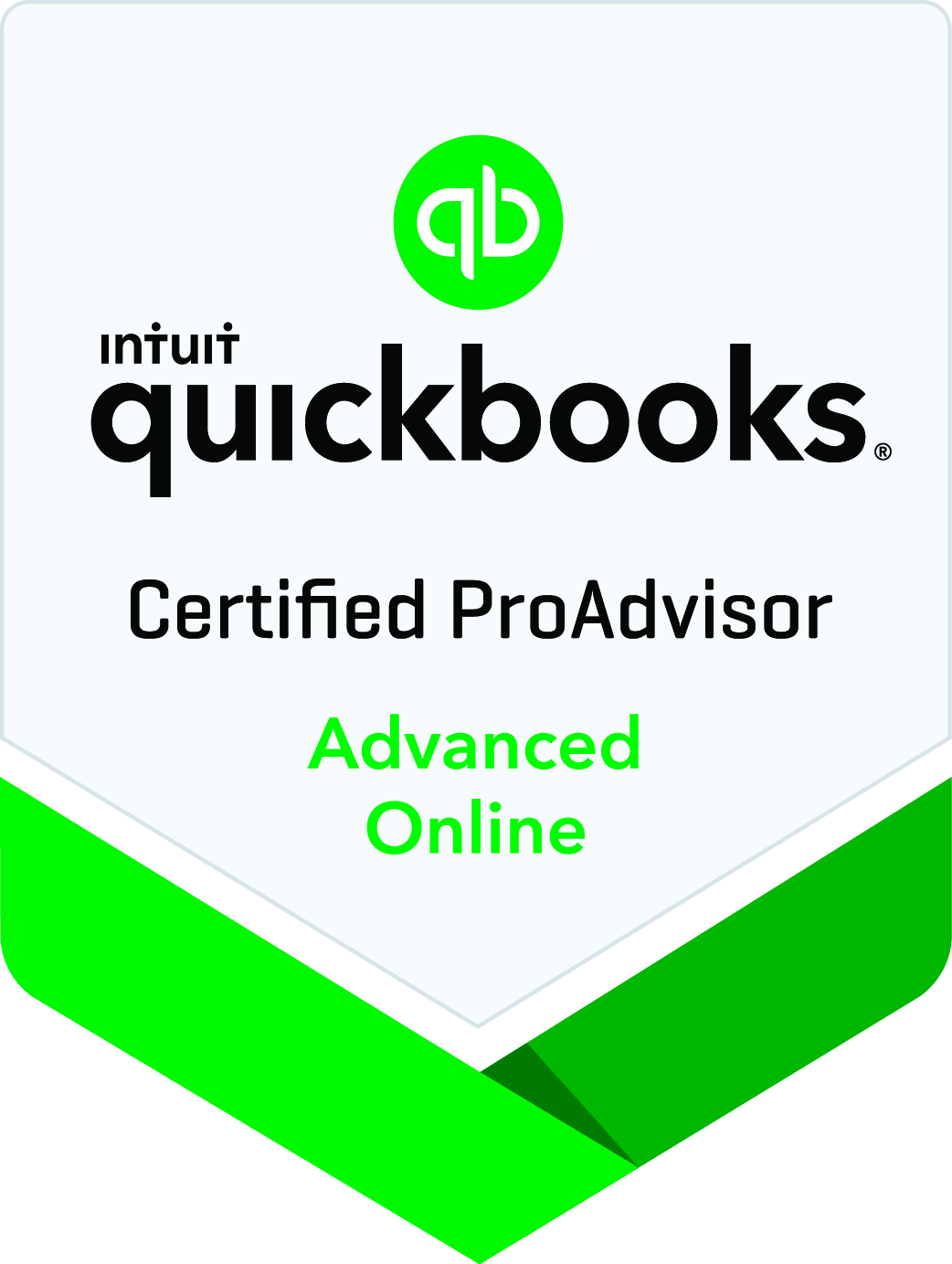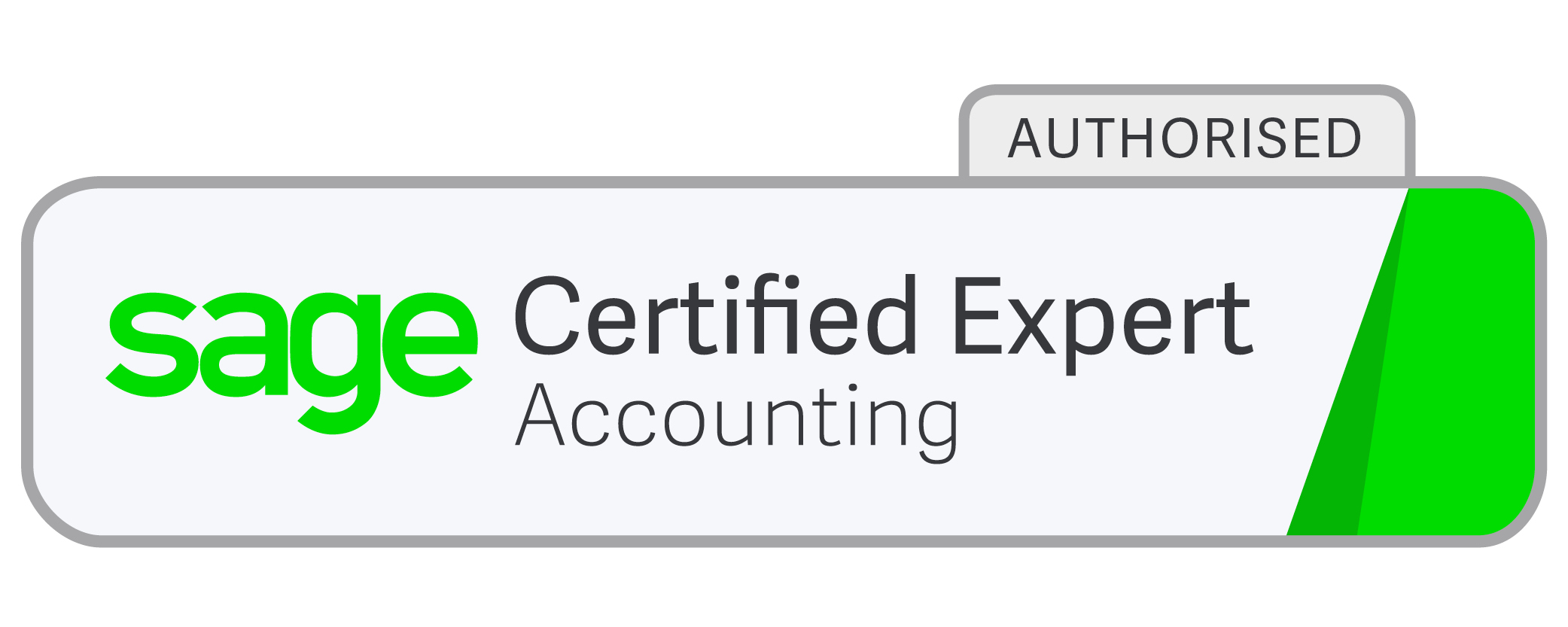From Ltd Company Back to Sole Trader
Newsletter issue - January 07.
Many small businesses find themselves trading through a limited company, often resulting from the tax advantages of doing so. Many first incorporated when the first £10,000 of company profits was tax free, although this is no longer the case. Incorporating is easy with many reliefs available to ensure there are no adverse tax consequences of doing so. However, going the other way is not quite as simple.
There are still many tax advantages of using a limited company including lower tax rates and avoidance of national insurance by using dividends as well as the benefit of limited liability. However for the very smallest of companies that would prefer the simplicity of a sole trader or partnership set up, the following are just some of the main points needing careful consideration...
- As this is a transaction between connected parties (the company and the individual) any capital assets are transferred at market value for tax purposes and Capital Gains Tax will be applicable to any capital assets including goodwill that have grown in value since incorporation or even prior to that if any gains were deferred when the company was first incorporated. You also need to consider how the assets are transferred. For example, they could be transferred as a dividend which in turn can create another tax charge on any individuals liable to higher rate tax.
- Any losses that are in the company cannot be carried forward to set off against future profits, only set-off against profits of the same previous 3 years.
- Any accumulated profits remaining in the company have to be passed to the individual. This could be by dividend or by capital distribution and the most tax efficient method will vary dependent on your circumstances.
- A formal liquidation process can be used to wind up the company but it can be expensive and a far simpler method is to get the Registrar to use S652 of the Companies Act 1985 to strike off the company. This just involves a £10 application fee although there are various requirements to be met.
- Payment of tax will be brought forward as on the transfer of trade the year end of the company is brought forward to that date.
- Values for transfer of stock and fixed assets will need consideration and there may be a balancing adjustment for capital allowances purposes.
- Now that the shares in the company are worthless, the shareholders may be able to make a claim for a capital loss on the shares using a negligible value claim or for any loans the directors/shareholders have made to the company that are being written off. Additionally, if the shares were subscribed for in the first place a claim for an income tax loss is possible.
In some cases these complications may be minimal and the business owner can literally cease trading as limited company one day and recommence the next day as a sole trader. For further advice in your own situation please contact us.
 Cookies are small text files that are stored on your computer when you visit a website. They are mainly used as a way of improving the website functionalities or to provide more advanced statistical data.
Cookies are small text files that are stored on your computer when you visit a website. They are mainly used as a way of improving the website functionalities or to provide more advanced statistical data.



















